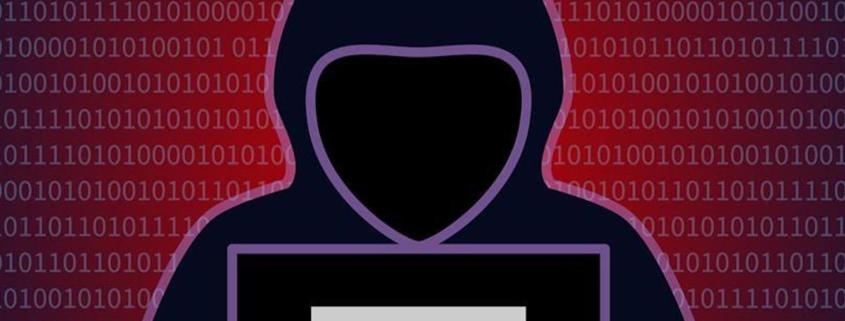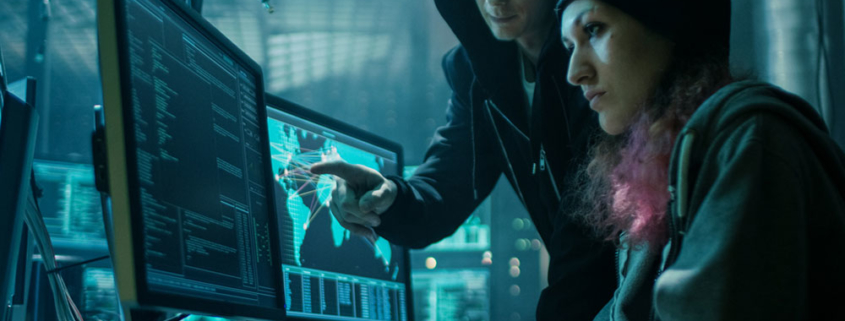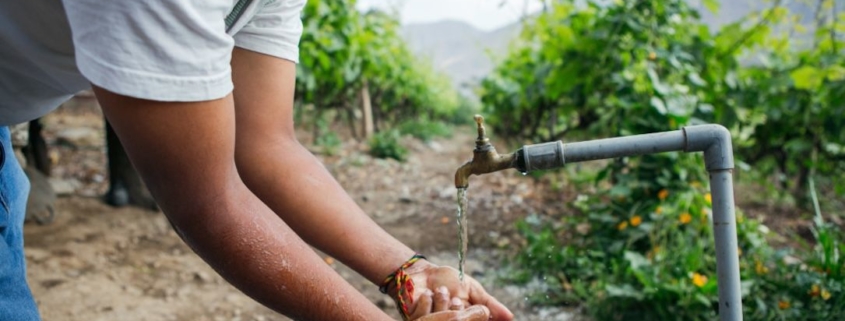World’s 1st full-fledged cyber war raging since 2022
Russia’s full-scale invasion of Ukraine in February 2022 marked the start of what should be termed – in view of the unprecedented scale and sophistication of the cyber operations that accompanied Russia’s military actions – the world’s first cyber war.
It gave the world insight into how cyber operations would be integrated with the physical battlefield going forward.
Moreover, Ukraine showcased to the international community not only the critical importance of robust cyber defenses but also the complexity involved in their implementation. This complexity arises from the coalition that extends beyond the support of Western governments to include the pivotal contributions of tech companies in strengthening Ukraine’s cyber defenses.
In the months leading up to Russia’s full-scale invasion of Ukraine in February 2022, a series of cyberattacks was launched against Ukrainian targets. On January 13 of that year, Microsoft detected and reported malware that was targeting the Ukrainian Government aand various non-profit organizations and IT companies.
That turned out to be part of a broader pattern of digital aggression attributed to Russia. The following day, Russia escalated its cyber war, conducting a significant cyberattack that affected various Ukrainian government institutions and resulted in dozens of government websites being controlled by hackers.
In response, NATO stepped up its support for Ukraine in the cyber domain, which included providing Ukraine with access to NATO’s system for sharing information about malicious software.
The cyberattacks continued into mid-February, culminating in a distributed denial of service (DDoS) attack that temporarily disabled the online services of several Ukrainian government departments, financial institutions and radio stations. The attacks took down Ukraine’s two largest banks, PrivatBank and Oschadbank. PrivatBank had to release a statement assuring the public that there was no threat to depositors’ funds.
These attacks were intended to create panic and confusion and to destabilize Ukraine and were attributed to Russia’s Ministry of Defense Intelligence Directorate (GRU). On February 24,…



